The big difference between Bootstrap 2 and Bootstrap 3 is that Bootstrap 3 is "mobile first".
That means the default styles are designed for mobile devices and in the case of Navbars, that means it's "collapsed" by default and "expands" when it reaches a certain minimum size.
Bootstrap 3's site actually has a "hint" as to what to do:
http://getbootstrap.com/components/#navbar
Customize the collapsing point
Depending on the content in your navbar, you might need to change the point at which your navbar switches between collapsed and horizontal mode. Customize the @grid-float-breakpoint variable or add your own media query.
If you're going to re-compile your LESS, you'll find the noted LESS variable in the variables.less file. It's currently set to "expand" @media (min-width: 768px) which is a "small screen" (ie. a tablet) by Bootstrap 3 terms.
@grid-float-breakpoint: @screen-tablet;
If you want to keep the collapsed a little longer you can adjust it like such:
@grid-float-breakpoint: @screen-desktop; (992px break-point)
or expand sooner
@grid-float-breakpoint: @screen-phone (480px break-point)
If you want to have it expand later, and not deal with re-compiling the LESS, you'll have to overwrite the styles that get applied at the 768px media query and have them return to the previous value. Then re-add them at the appropriate time.
I'm not sure if there's a better way to do it. Recompiling the Bootstrap LESS to your needs is the best (easiest) way. Otherwise, you'll have to find all the CSS media queries that affect your Navbar, overwrite them to default styles @ the 768px width and then revert them back at a higher min-width.
Recompiling the LESS will do all that magic for you just by changing the variable. Which is pretty much the point of LESS/SASS pre-compilers. =)
(note, I did look them all up, it's about 100 lines of code, which is annoy enough for me to drop the idea and just re-compile Bootstrap for a given project and avoid messing something up by accident)
